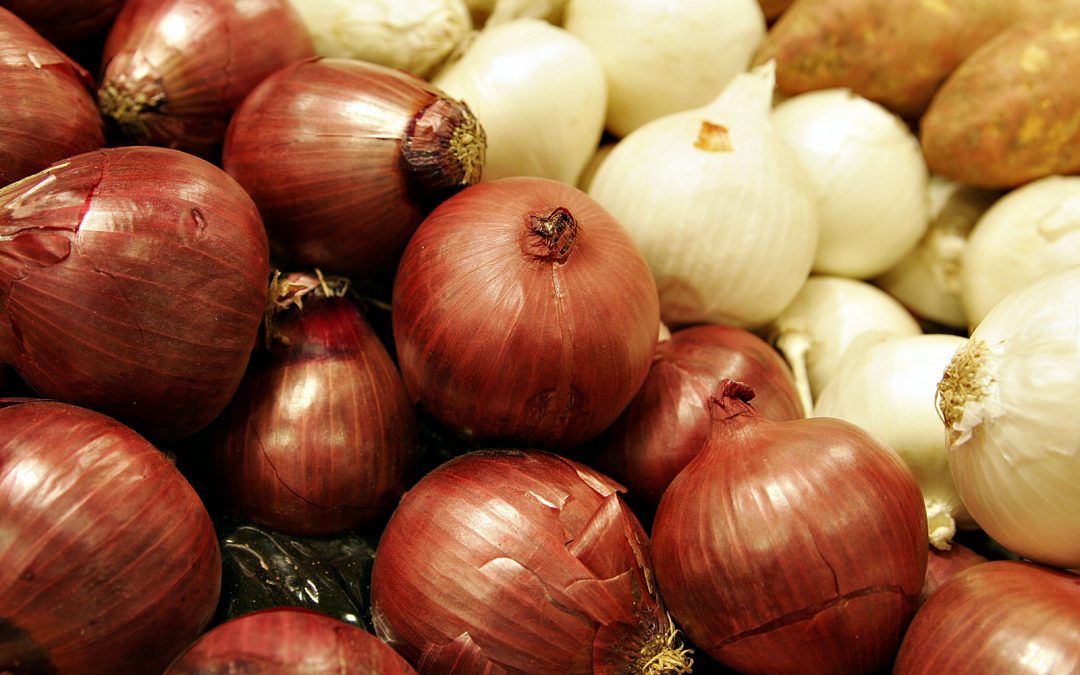While it is difficult to determine the exact time and place onions first started to be consumed, many historians believe onions originated in central Asia, while others believe it was in the Middle East. It is thought that they were first discovered and consumed very early on, long before farming was even invented and sophisticated tools were used.
Onions are believed to be one of the oldest cultivated vegetables because they were less perishable than other foods and easy to transport. They have been used throughout history for a variety of reasons, primarily in cooking. Part of the onion’s popularity throughout the centuries is its versatility; they are easy to grow on a variety of soils and in any type of weather, and they are sustainable as they can be dried, stored and preserved during winter.
They were proved to be very useful for a lot of civilizations (including Egyptians, Babylonians, Hindu and Chinese) because onions prevented thirst and were a great source of energy to these civilizations who had problems creating large sources of food at the time. They also had very useful medicinal properties and were used in medicine, art, and mummification.
In Egypt, not only were onions an important part of the mummification process, they were also an object of worship. Ancient Egyptians used onions during religious ceremonies to symbolise eternity and endless life, painted on walls of pyramids and tombs, placed on altars, and buried with the Pharaohs, and used in feasts as offerings to the gods.
And through the ages, onions have been used as remedies. Even today onions are still considered a modern day ‘healer’, with things like putting a sliced onion under your pillow to help with insomnia, or sleeping with a slice of onion on your feet to help you when you are feeling under the weather. Even using the onion peels to make tea can be great to boost your immune system and help fight sore throats.
M&P Engineering is a leading manufacturer and supplier of food processing equipment to suit all food production factories. M&P Engineering’s large onion peeling machine uses self-adjusting floating knives to top, tail and peel onions of 45mm to 115mm diameter. The machinery is easy to operate due to the simplistic mechanism and design and, thanks to the dry peeling process, the product remains in pristine condition once it has been peeled.
M&P Engineering offers a wide range of food processing machinery in addition to onion peeling machines, including food depositors and rotary transfer units. If in need of food filling equipment, M&P Engineering designs and manufactures sachet filling machines to suit your factory requirements.
If working on a budget, speak to a member of our M&P Engineering team today to discuss its range of used food processing equipment.
If you would like more information about any of M&P Engineering’s products, call us on +44 (0)161 872 8378 or contact us.

